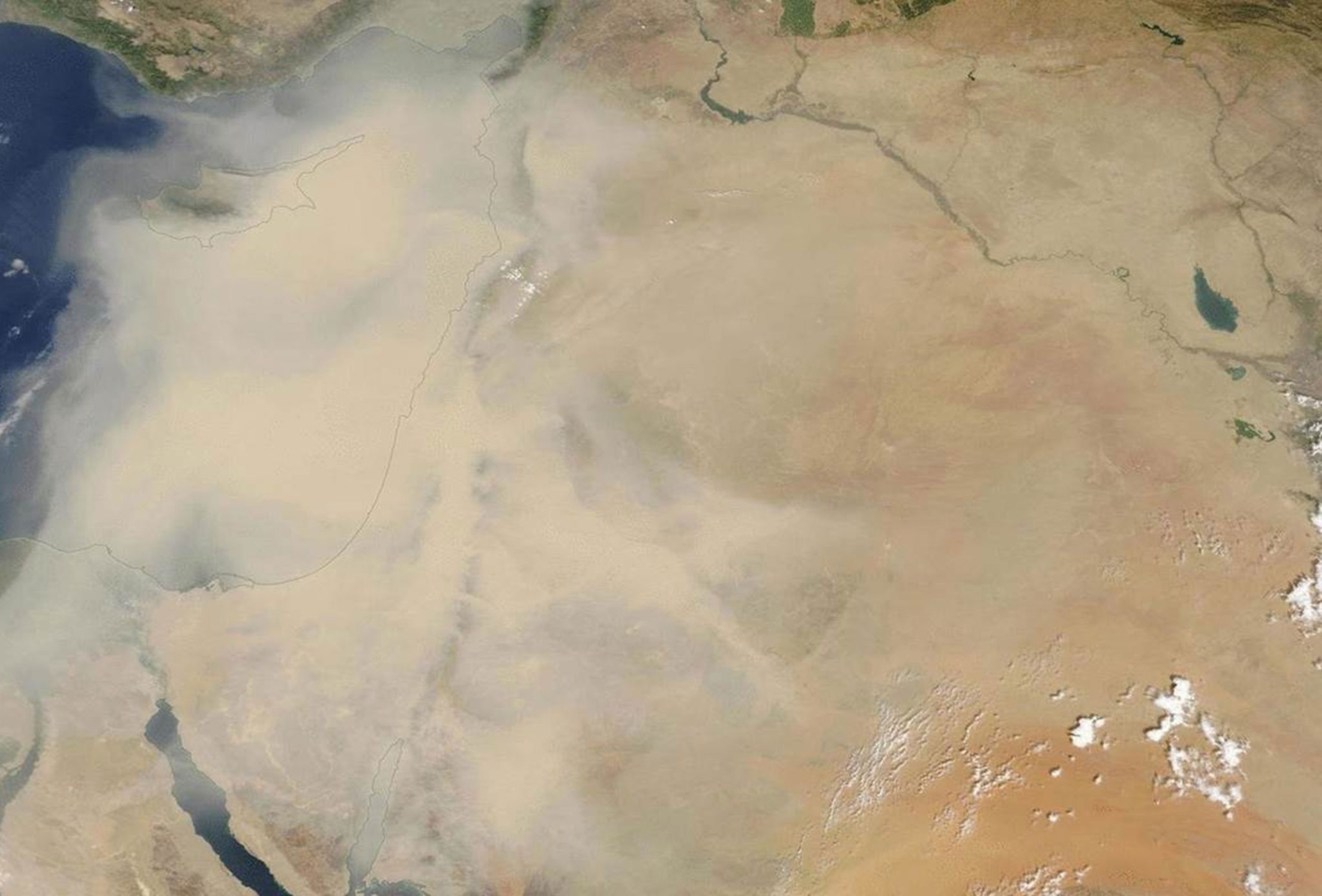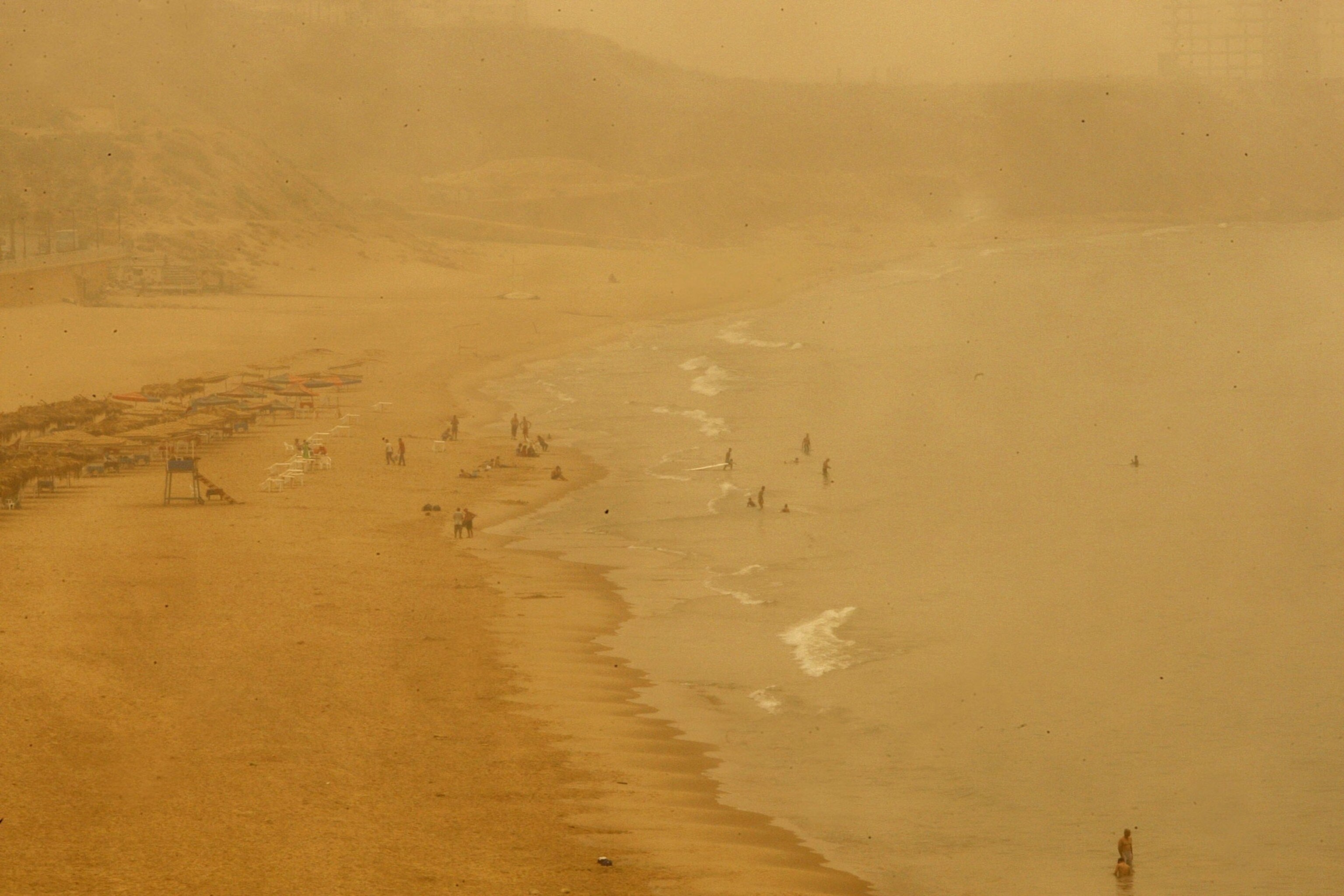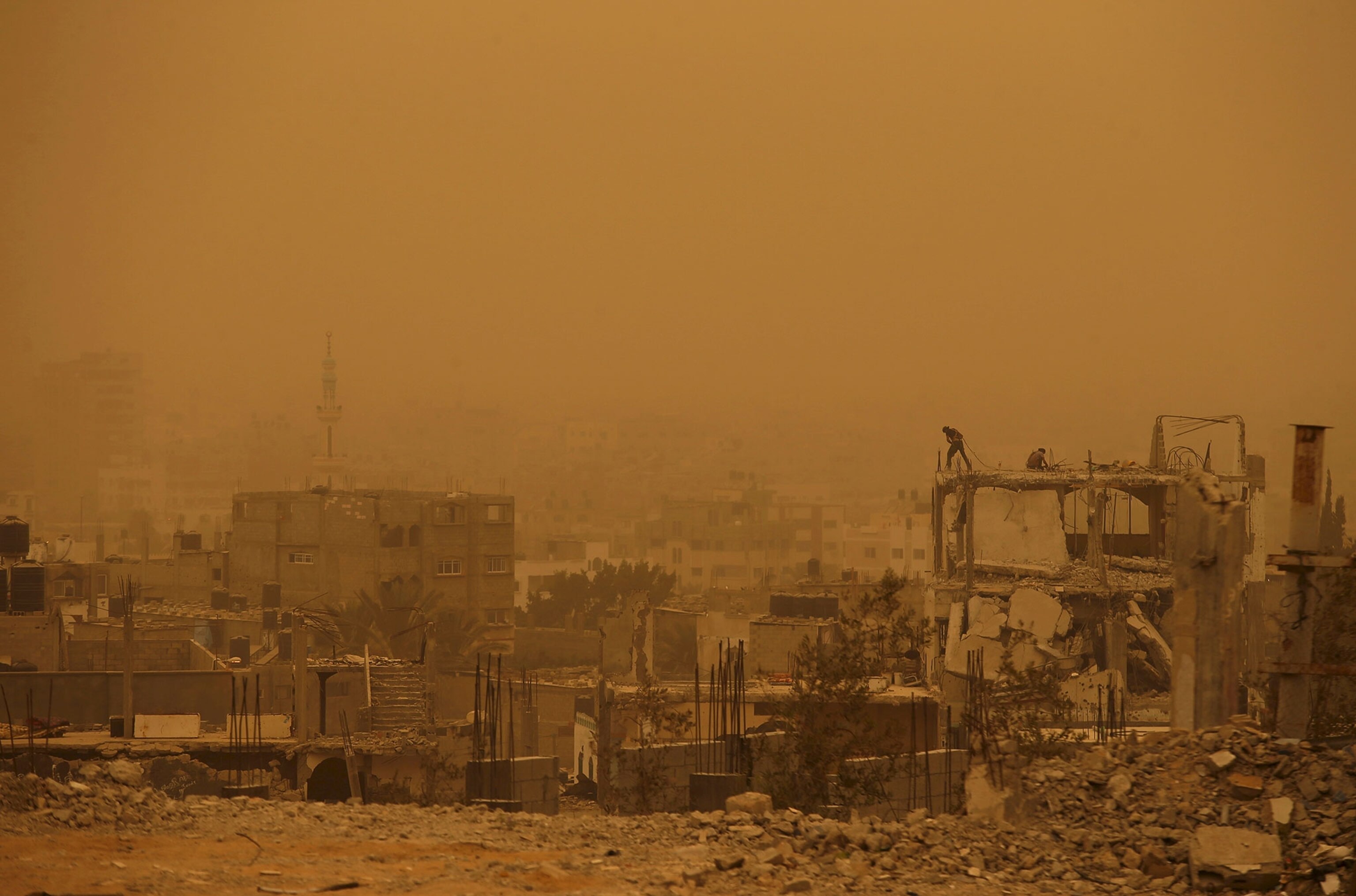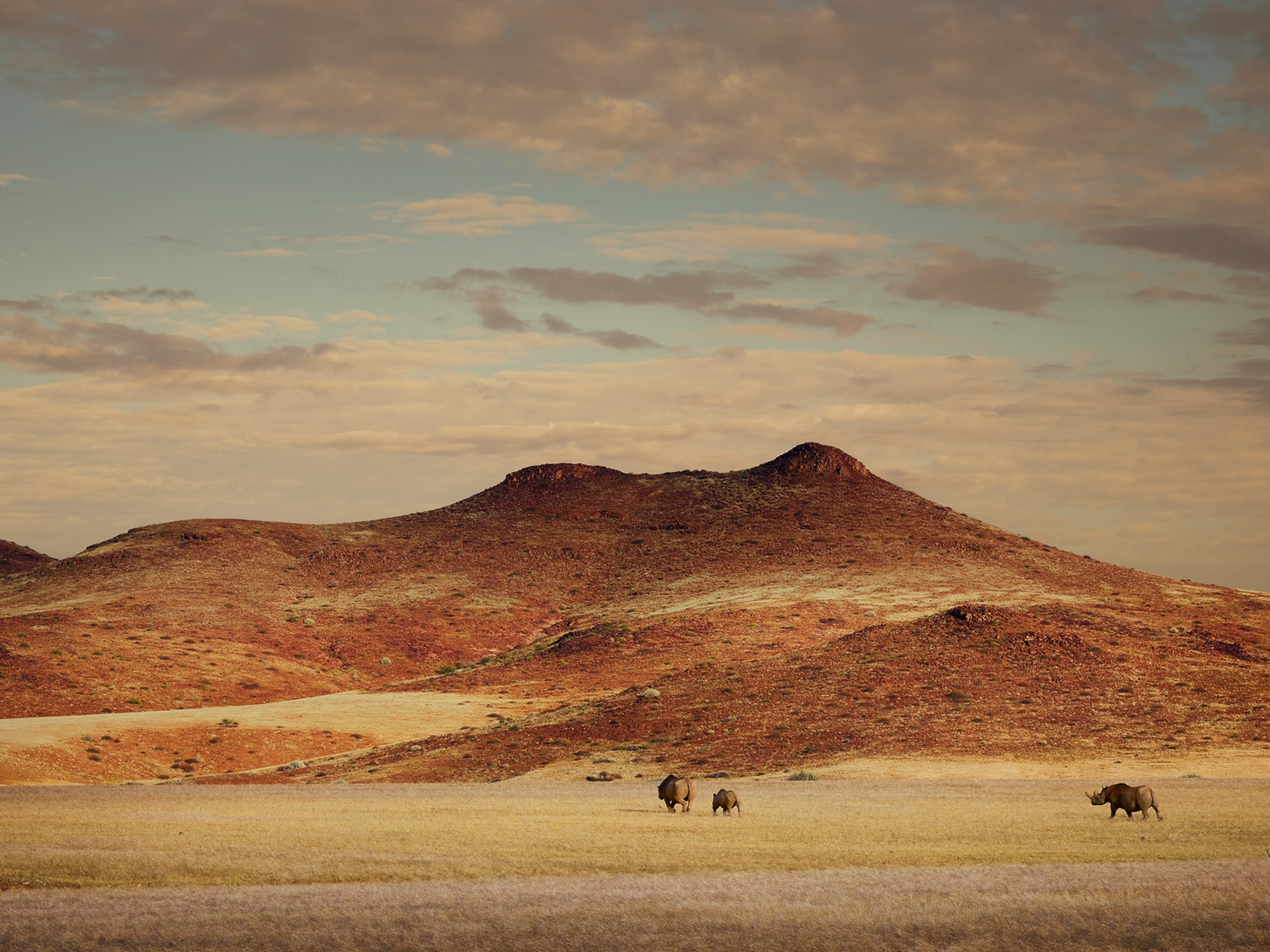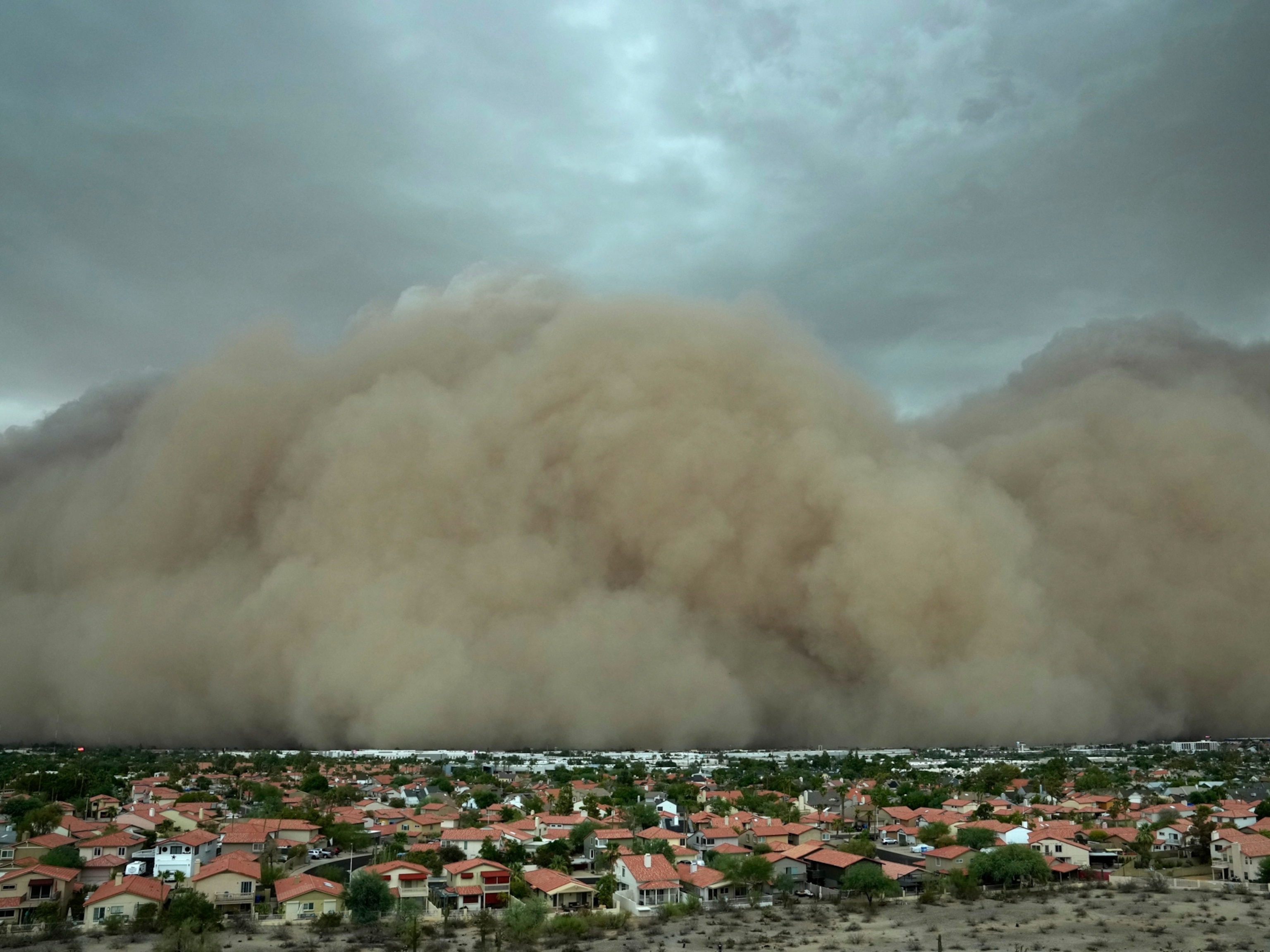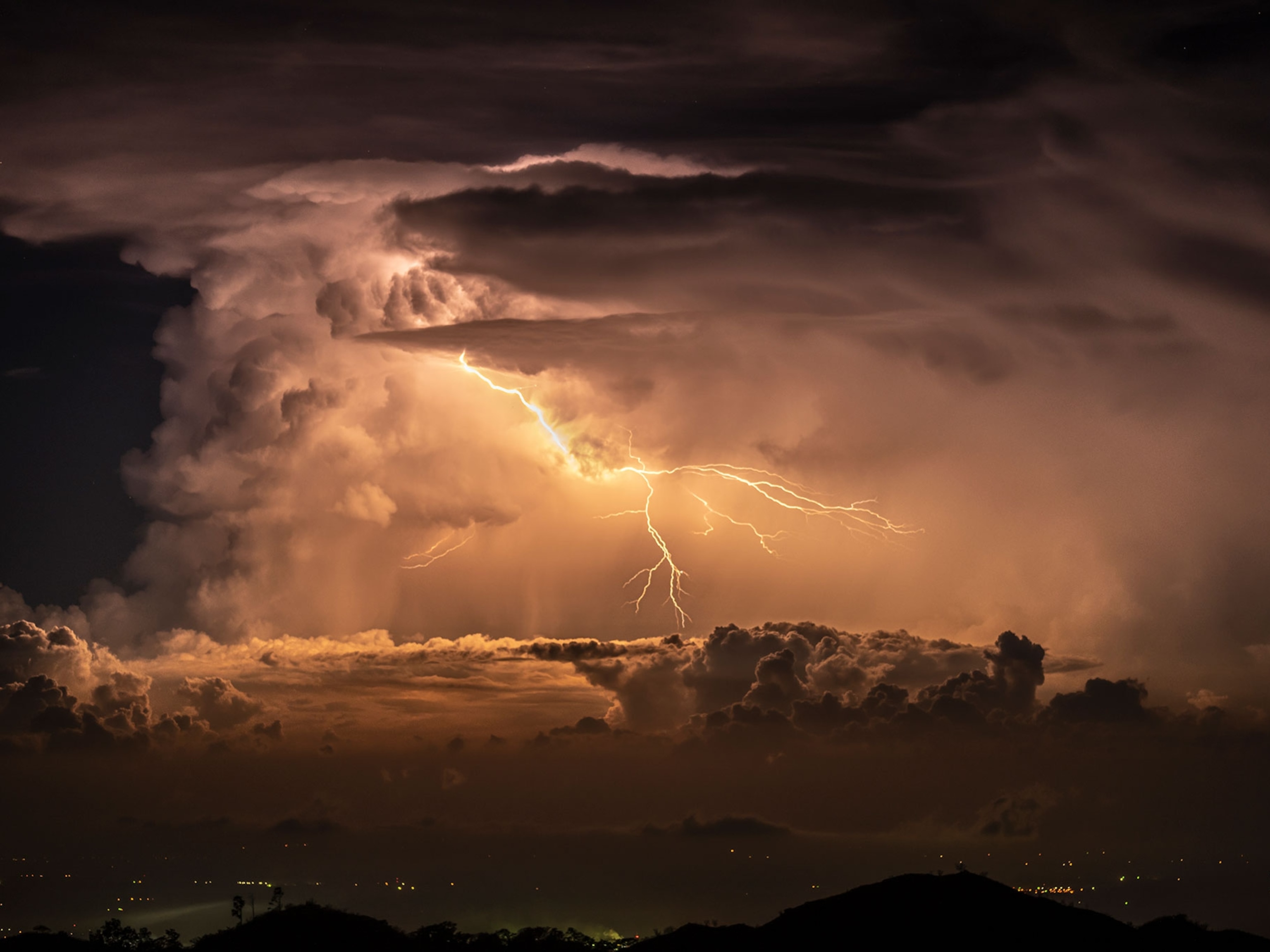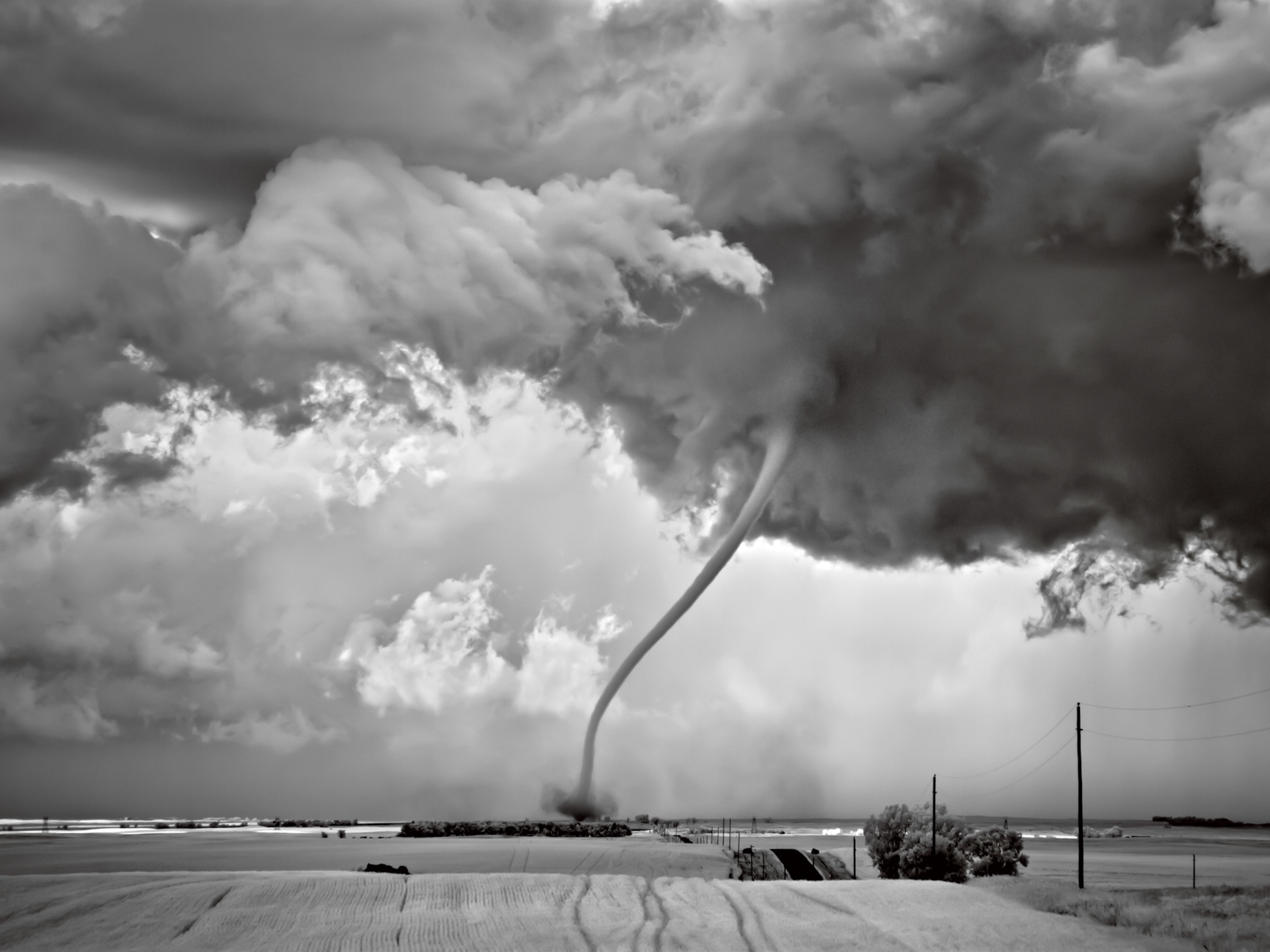Explaining the Monster Dust Storm Sweeping the Middle East
The deadly storm was caused by a combination of “remarkably simple” conditions.
A massive dust storm is whipping across at least seven countries in the Middle East this week, leaving at least twelve people dead. And a weather expert says the storm required only a “remarkably simple set of conditions.”
Big dust storms like this are called haboobs, which is Arabic for “violent wind.” Haboobs can develop in many parts of the world and are known to travel for thousands of miles, even all the way across the Pacific, says Ken Waters, a meteorologist with the U.S. Weather Service in Phoenix who studies the phenomena.
The storm blowing across the Middle East has reduced visibility and sent thousands of people to hospitals with breathing problems in parts of Iraq, Syria, Lebanon, Egypt, Jordan, Israel, and Cyprus. The storm has been blowing for at least two days and is thought to have started in Syria and Iraq. It is expected to continue until Wednesday.
Disruptions to transportation and potentially dangerous air quality are typically the two biggest impacts of the storms, says Waters.
Although meteorologists at Beirut’s Rafik Hariri International Airport have called the storm “unprecedented” in recent Lebanese history, Waters says severe dust storms aren’t actually very rare. Haboobs are most common in hot and dry conditions, which have been prevalent across much of the Middle East this summer. The two ingredients needed are an availability of dust or sand particles at the surface and enough sustained wind to get those particles moving, says Waters.
Scientists aren’t sure what the minimum wind speed is for a dust storm to form, but small, localized storms have been observed with speeds as low as 20 miles (32 kilometers) per hour. Larger ones, like the one that has pummelled Damascus and Beirut this week, need higher speeds to travel long distances. The sand storm that ripped through the same region in 2013 had wind speeds up to 60 miles (97 kilometers) per hour.
In the Western U.S., dust storms are most common between June and September, during hot, dry conditions. Moisture tends to weigh dirt down and keep it in place, so more dust storms tend to occur during droughts. Human activity that disturbs the soil, such as construction or fallowing farm fields, can also expose dirt that can contribute to storms. Poor farming practices are blamed for the massive dust storms that caused the Dust Bowl in the 1930s, rendering thousands homeless. (Is a new dust bowl developing?)
In July and August 2011 huge dust storms swept hundreds of miles across Arizona, blotting out the sun. Many smaller dust storms have developed there in the years since.
